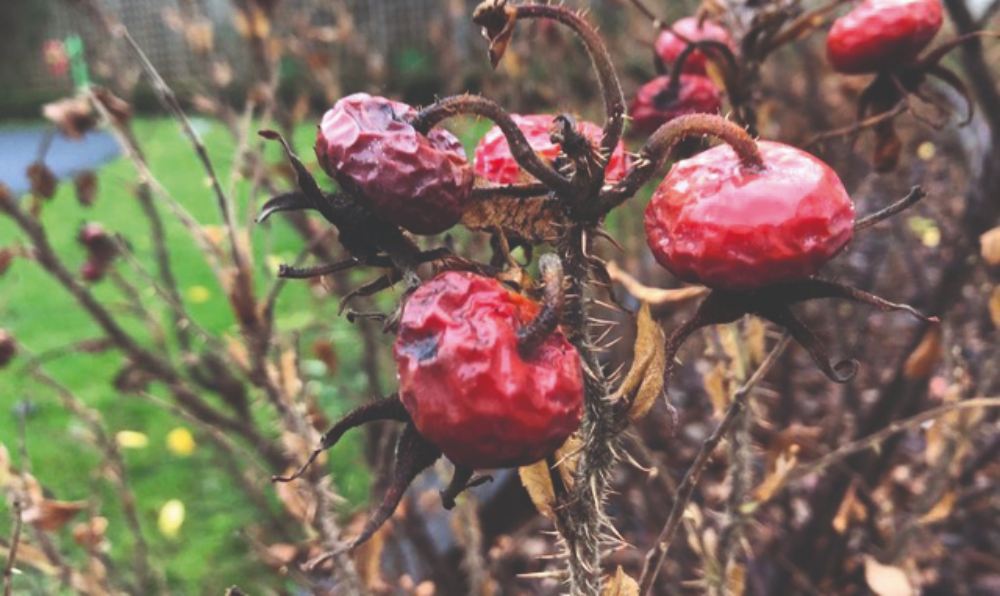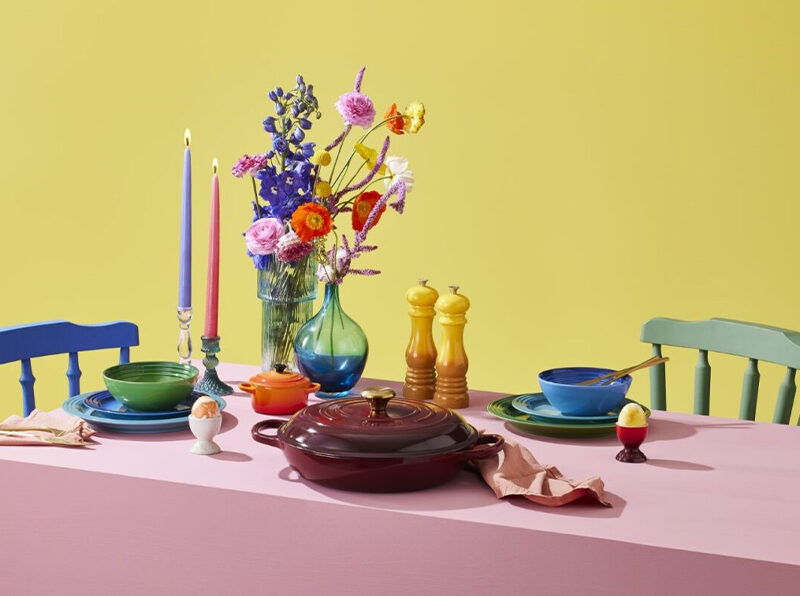
The Green Garden Challenge
The Green Garden Challenge
Alex Blackley, from The Botanical Gardener, reveals how to make your garden grow and help the environment
This year will hopefully see more and more people turning to compost bins, insect hotels and bee friendly plants in their gardens. The next step is to continue along this path by throwing away chemical insecticides, fungicides and feeds, and working with what nature has already given us…
Leave the Leaves in Your Garden
As a gardener, I get asked almost every day to blow/collect the leaves from the flower beds. But far better is to leave the leaves on the flower beds as they will keep the plants warm throughout the winter, protect the roots, reduce weeds and increase water retention, and mean you don’t have to fork out on mulch for your garden. I must caveat this all by saying that the leaves do need to stay off your lawns, wild or not. The extra feed as well as blocking of light will only do harm.
Don’t Prune Your Herbaceous Until it’s Necessary
Many of our gardens have large herbaceous beds filled with numerous different types of plants with different flowering periods. However, I’ve noticed that many gardens do not have the longevity that they deserve. Too many of us are cutting down our herbaceous as soon as they turn brown, or black or grey. Well, it may surprise you to know that half of the plant’s life span and purpose is to be brown, black or grey. It may look unconventional and you may think it’s dead, but the plant is very much alive and given the protection that the seed-head possess, not just for the creatures and critters who burrow into the hollow stems but also for the plant itself, it’s my strong recommendation to leave your secateurs in their holster until the frost comes.
Create a Meadow
I get that most people do not want to be cutting large portions of their lawn, often used for activities and play, to be surrendered to the wild meadow. I grew up with a lawn large enough to play football on and if a gardener came over and told my parents that we should throw in some teasel, yarrow and daisy, I would’ve had something to say about it and I would’ve used the football to do the talking. However, over 97% of wildflower meadows have been lost since the 1930s, and they can absolutely become the best possible option for a sustainable garden. Lawns can quickly become one of the most maintenance heavy parts of your garden, needing constant care, attention and water. Wildflower turf can be incredibly attractive for those parts of the lawn that just get continuously dry and ultimately bare.
Home Remedies
Next time you see aphids on your roses, or black fly on your nasturtiums, don’t reach for the chemical pesticide. With a mixture of bicarbonate of soda, white vinegar and lemon juice, you can create a pesticide that will keep your roses clear and avoiding harming the creatures and critters that eat the pests. If you want them gone, it doesn’t make much sense to poison its predator.
Compost Tea
Make an organic brewed ‘tea’ made from the mulch and rainwater in your garden. You want a water butt with a downpipe that collects the rain, grab a bag’s worth of mulch from your compost bin and empty it into the water butt. What will come out (given a few days of brewing) is a highly rich feed for your garden made completely naturally. My only stipulation would be to make sure that the mulch you’re using is broken down well into minuscule particles.






